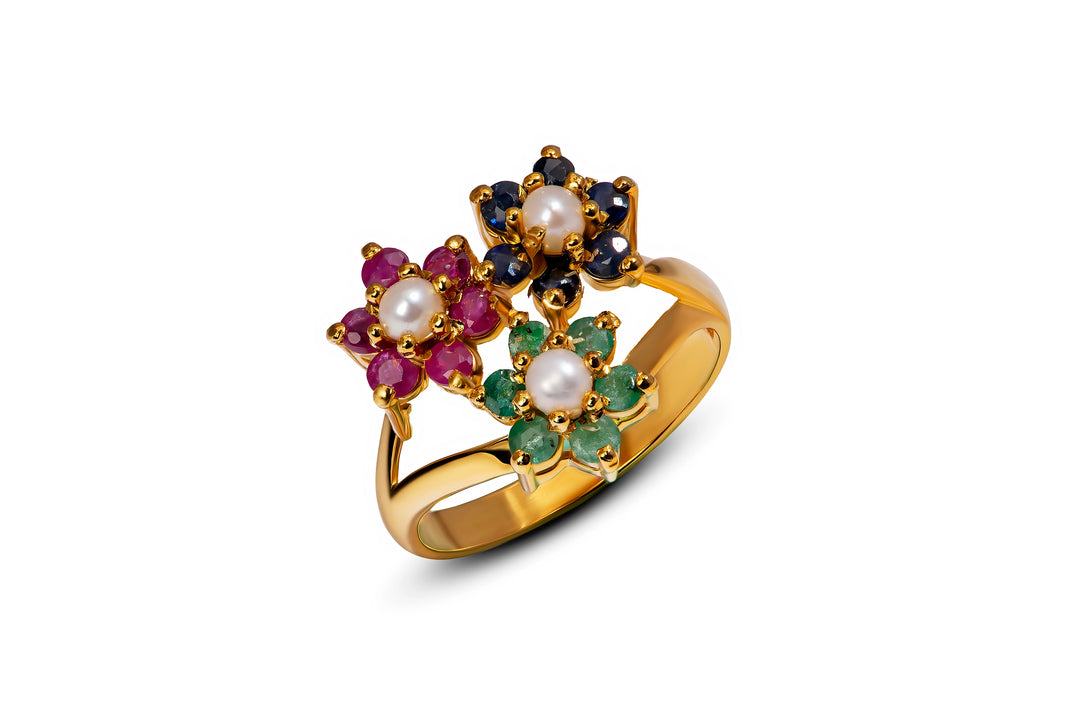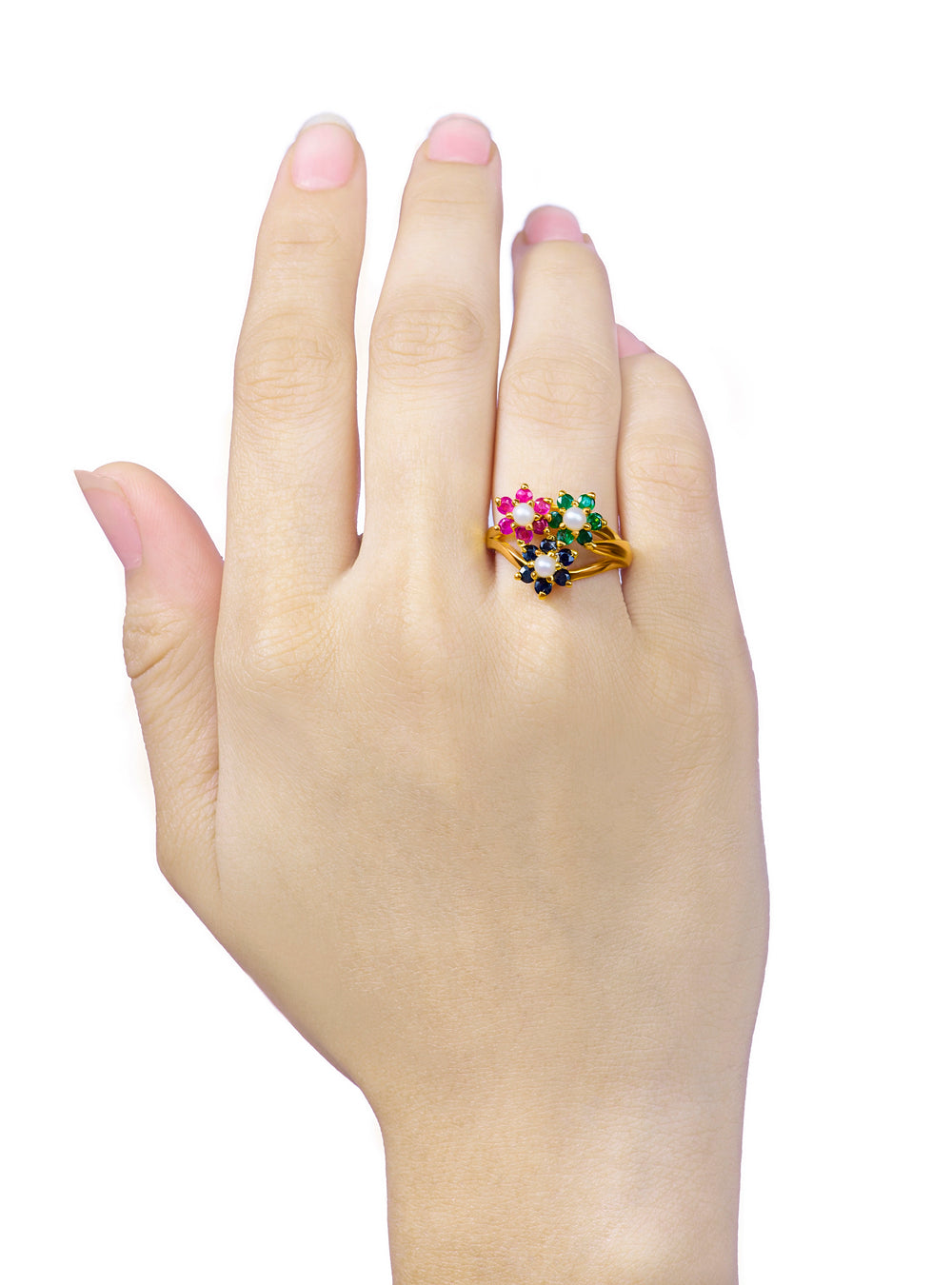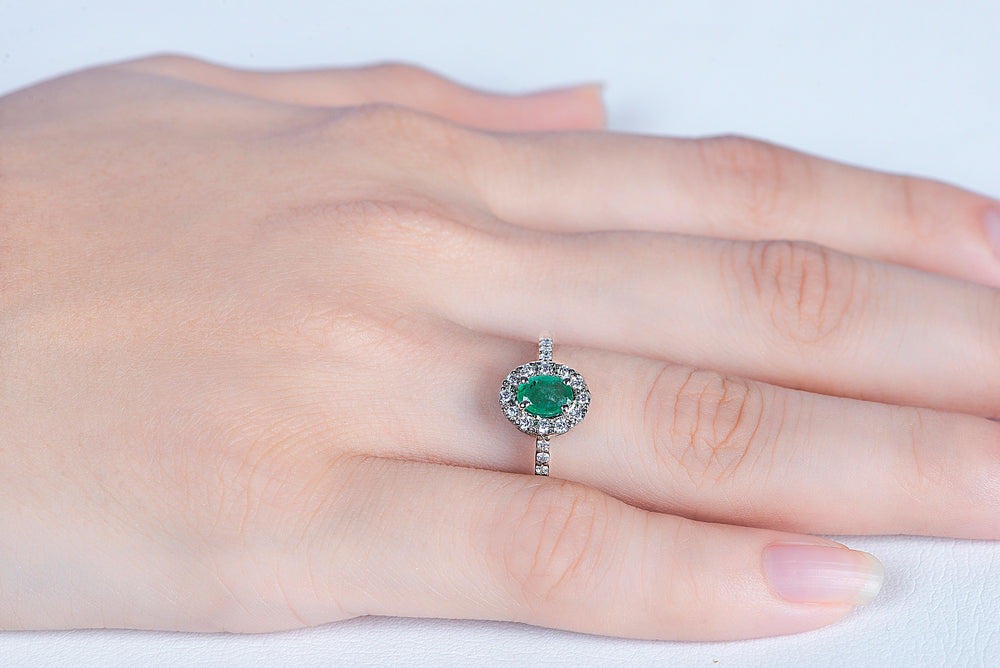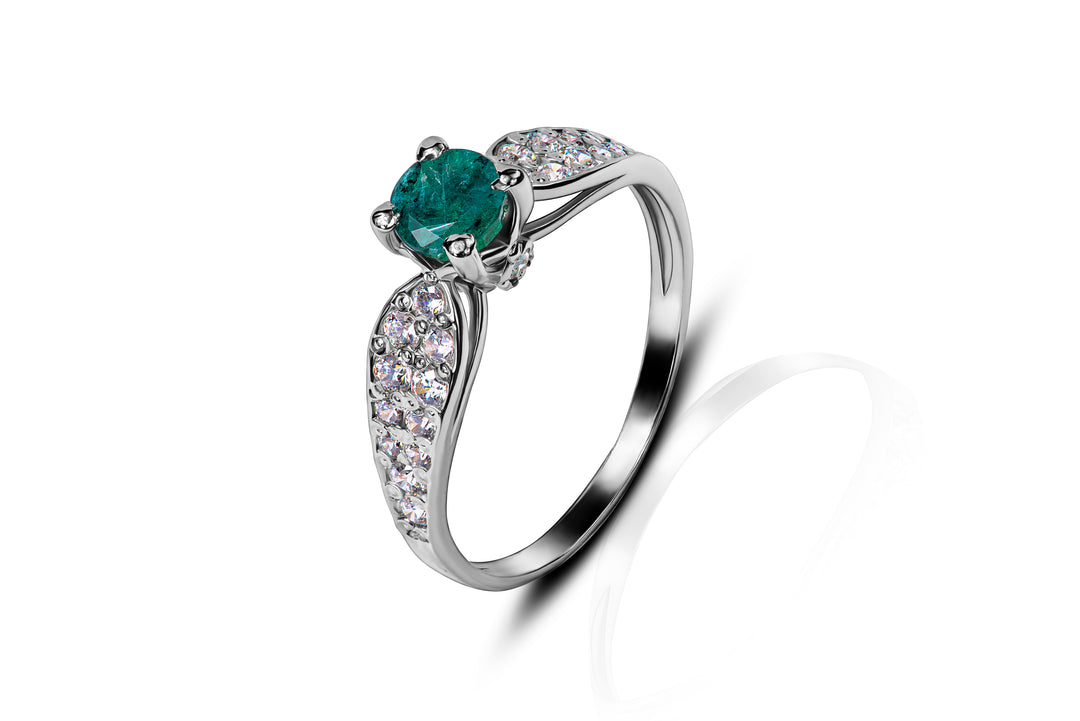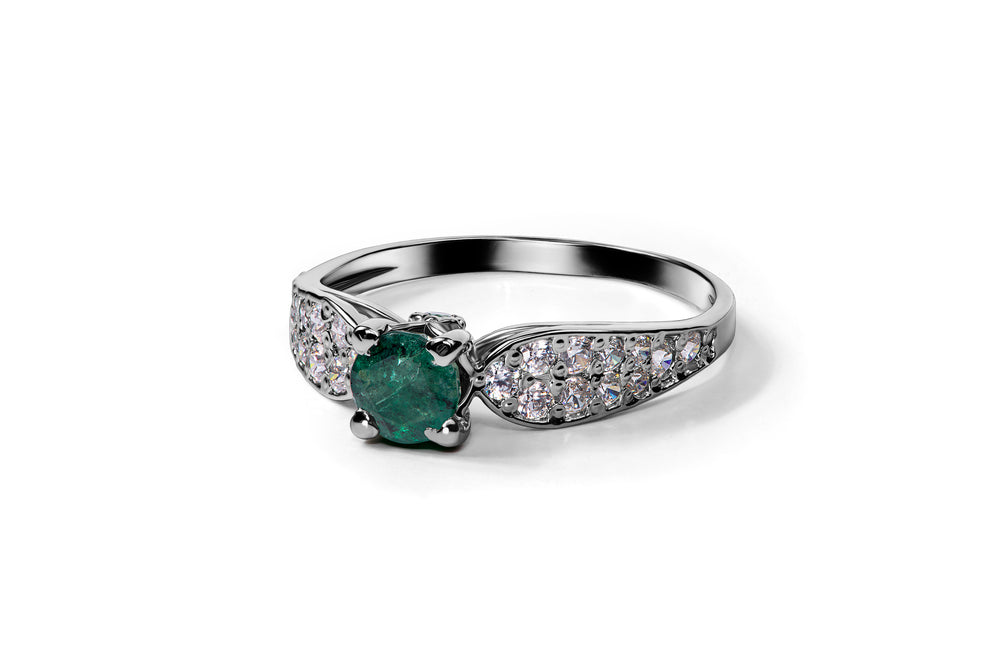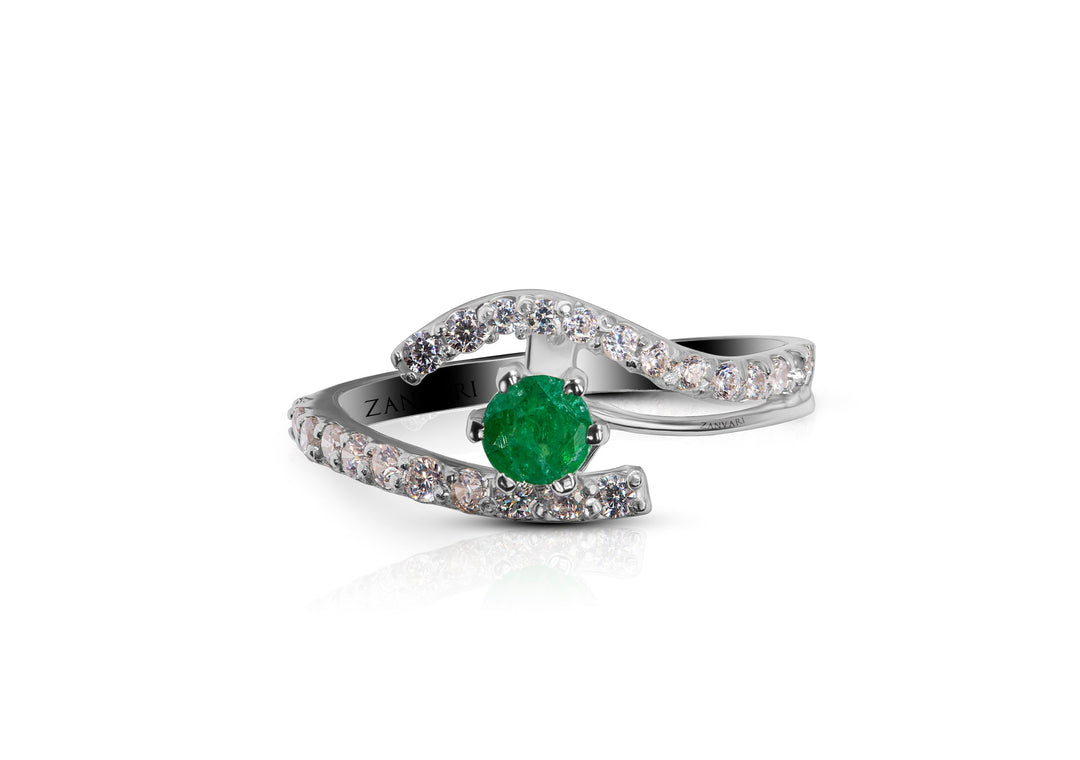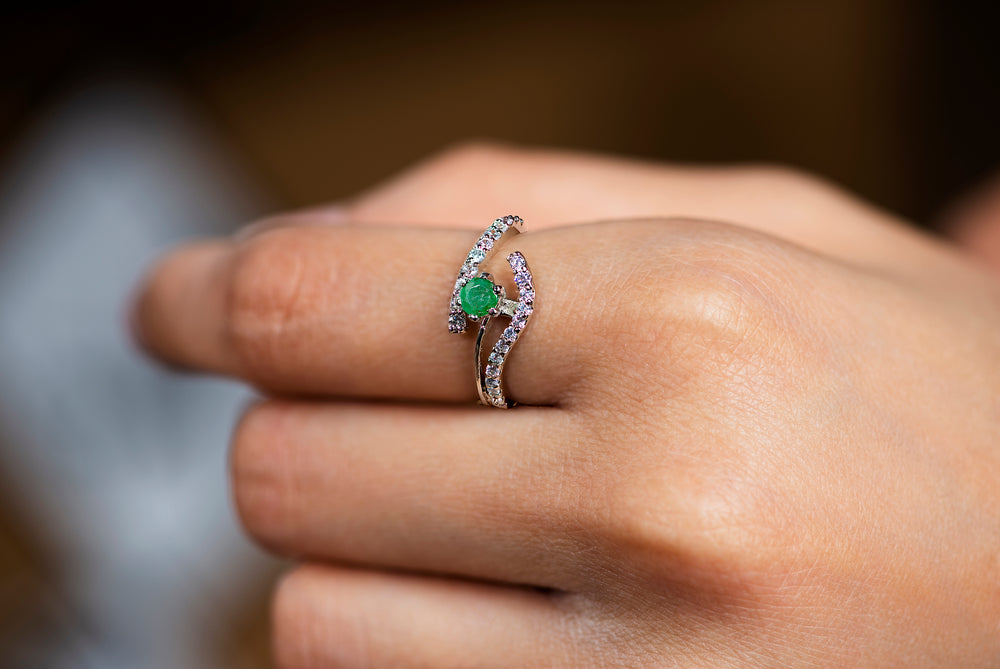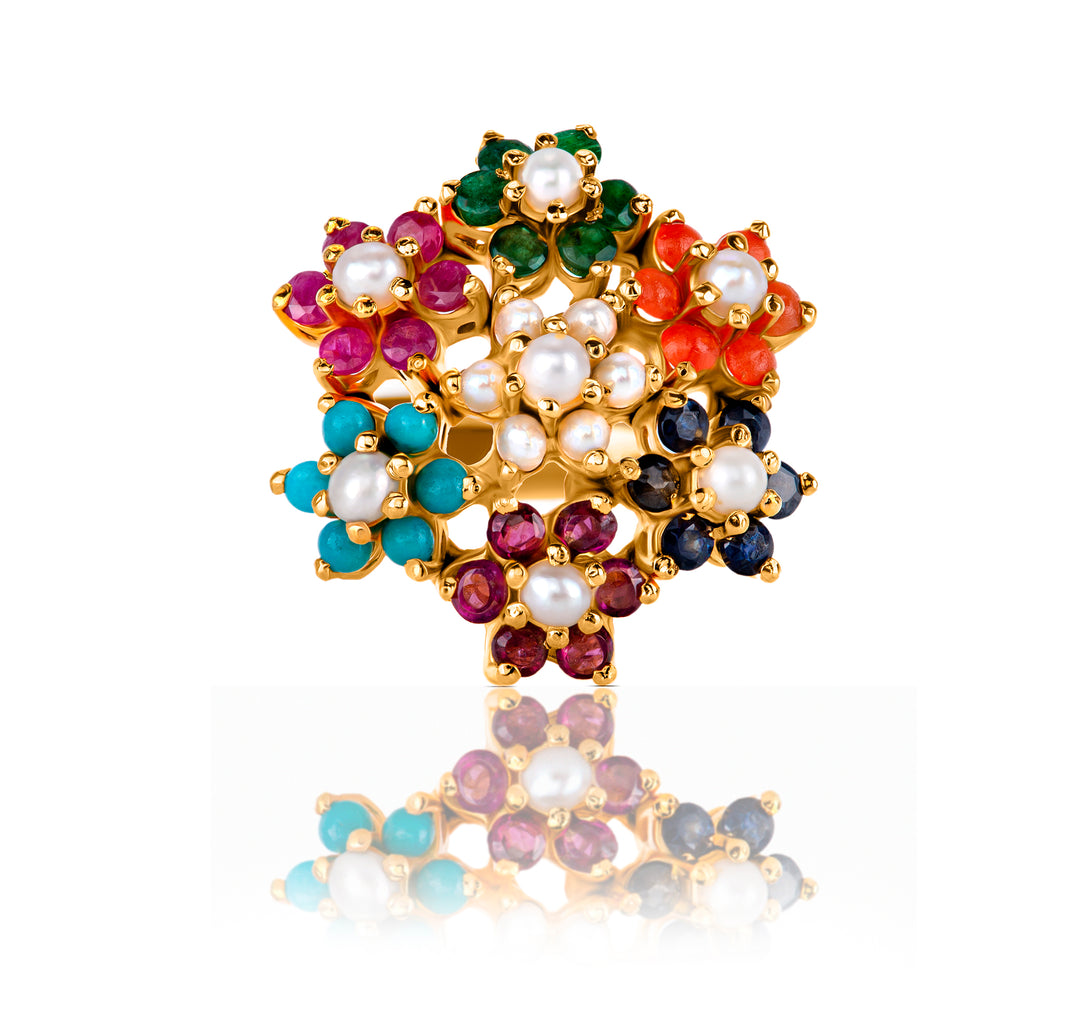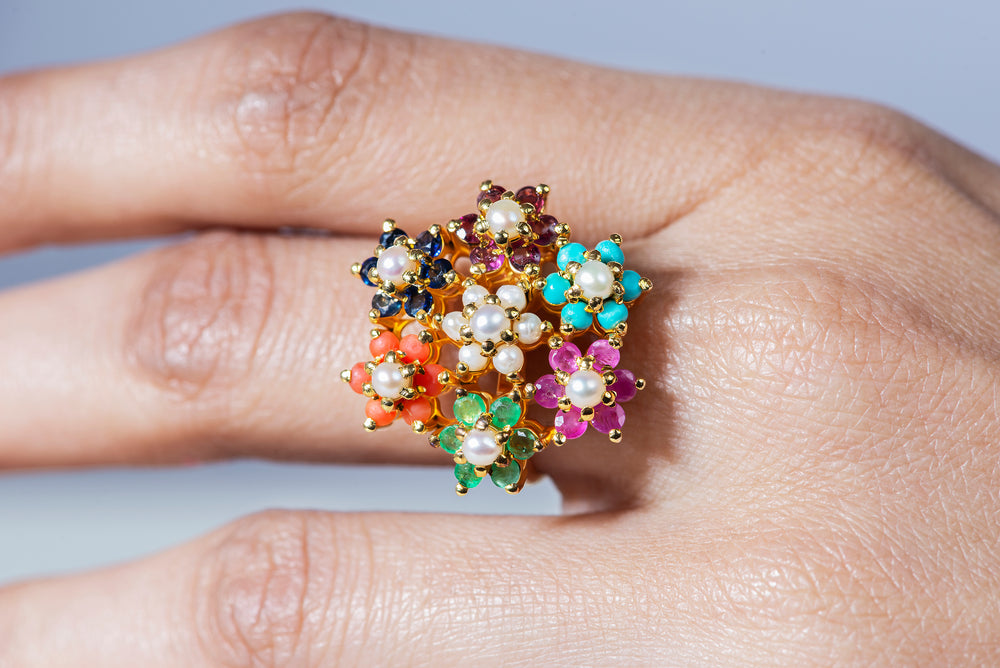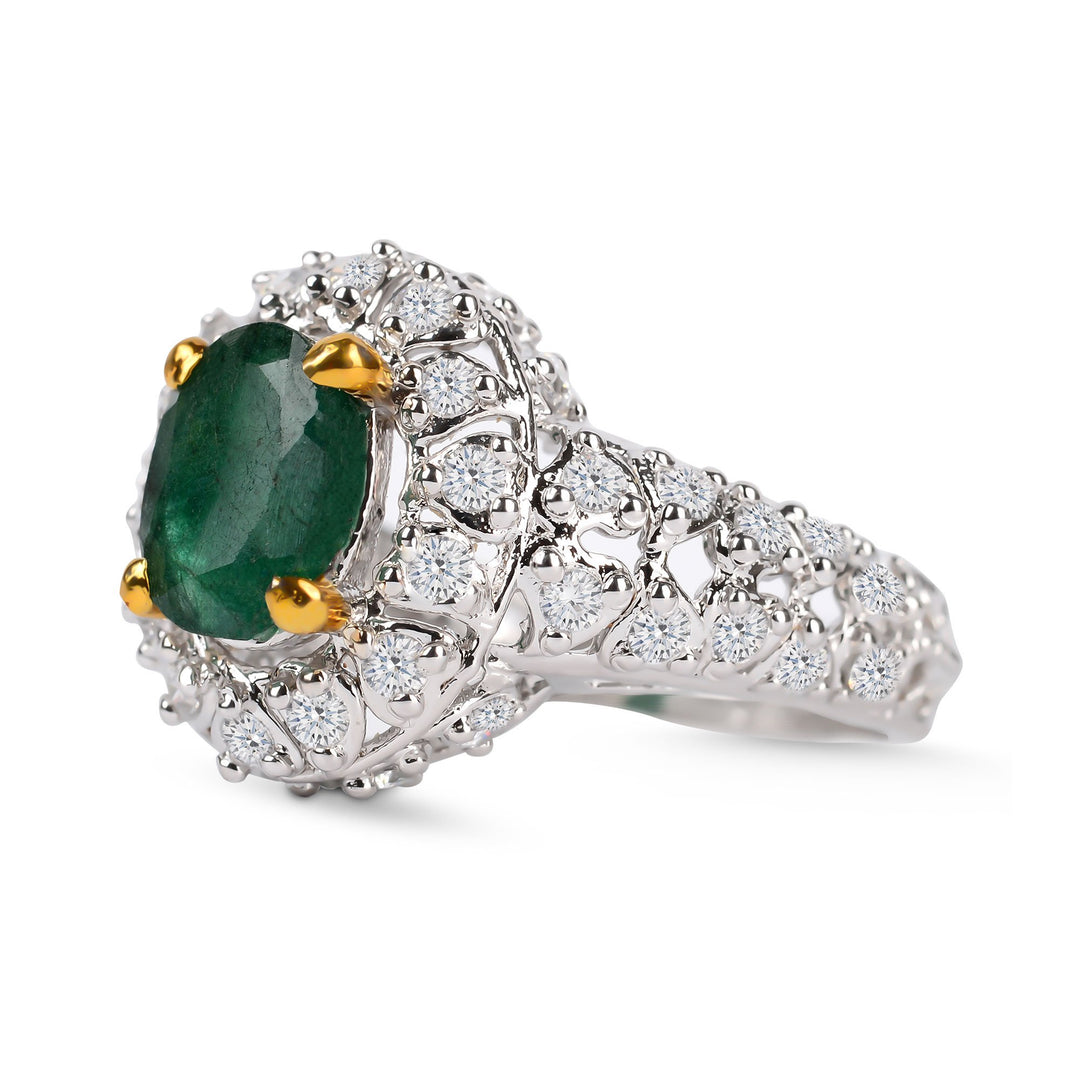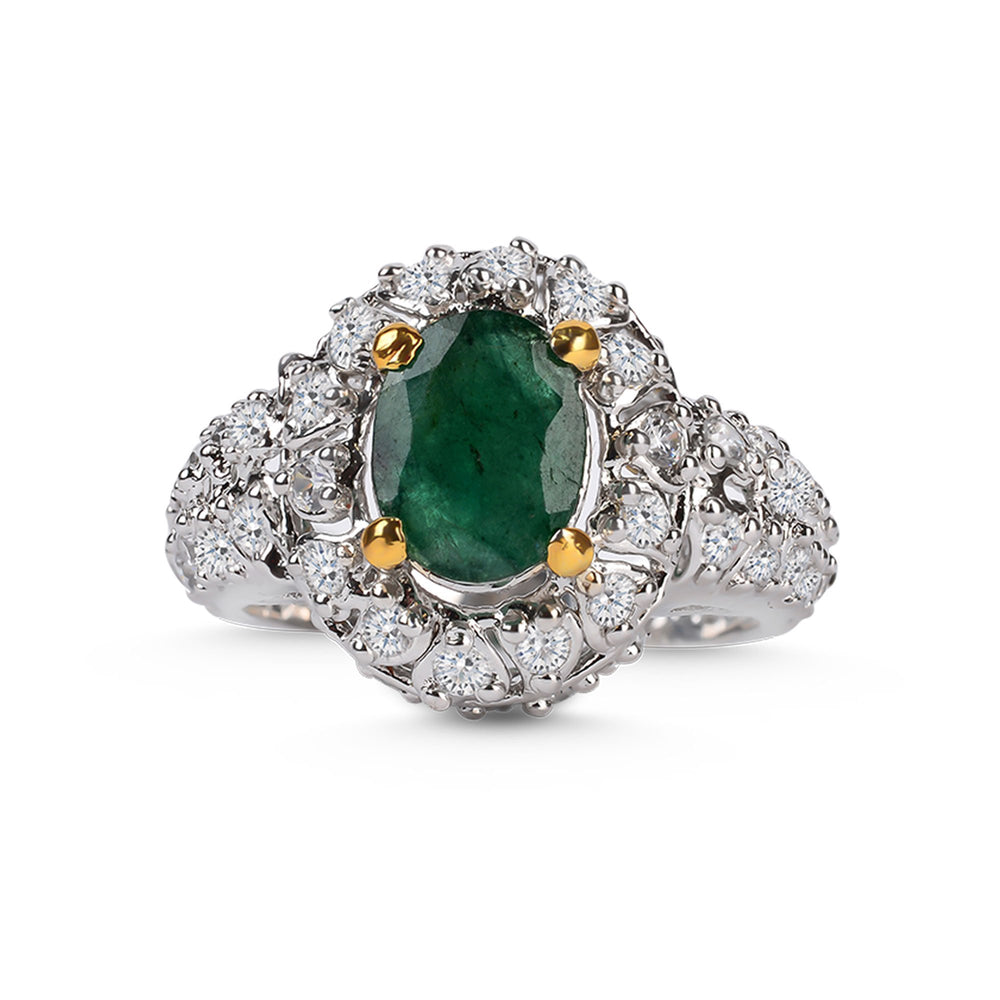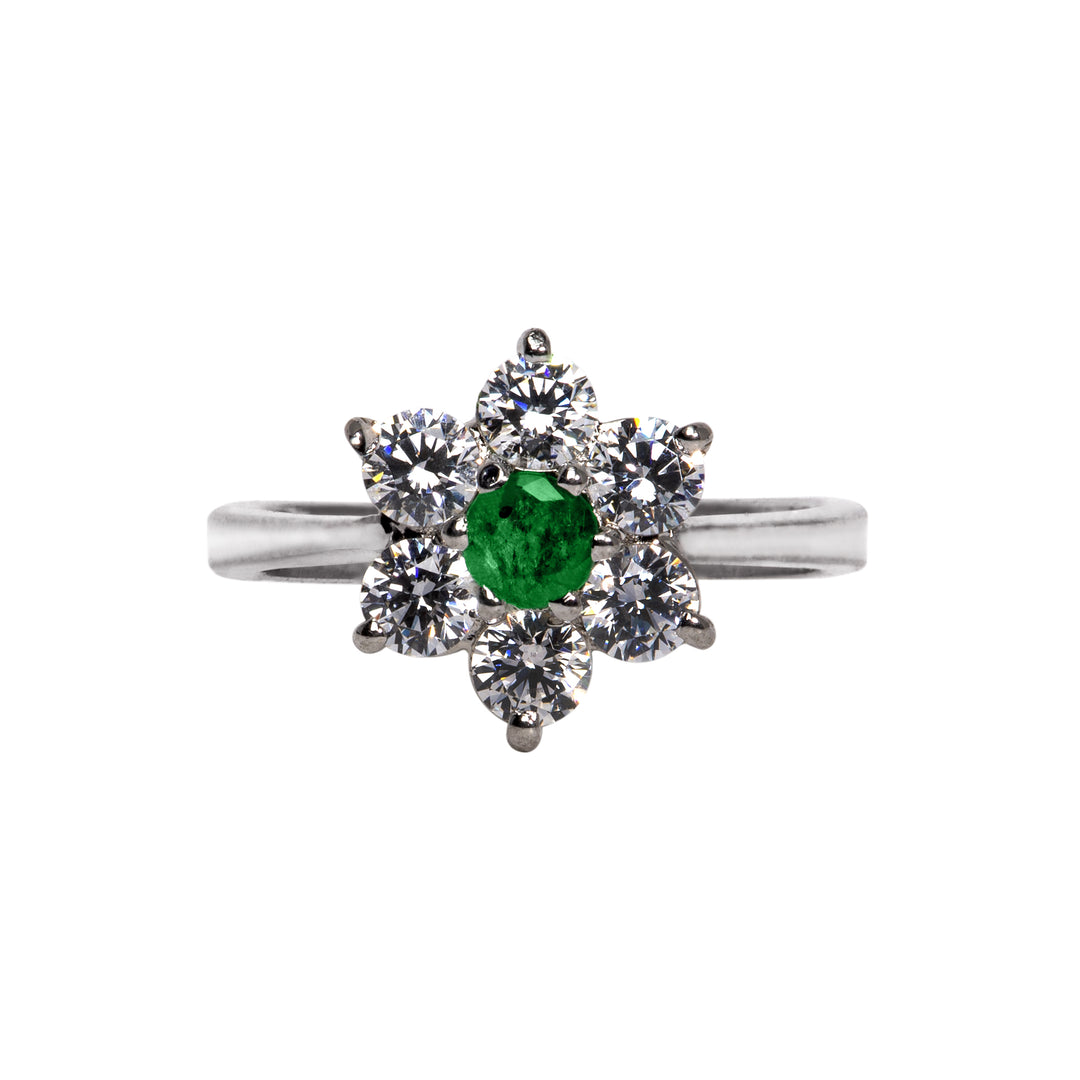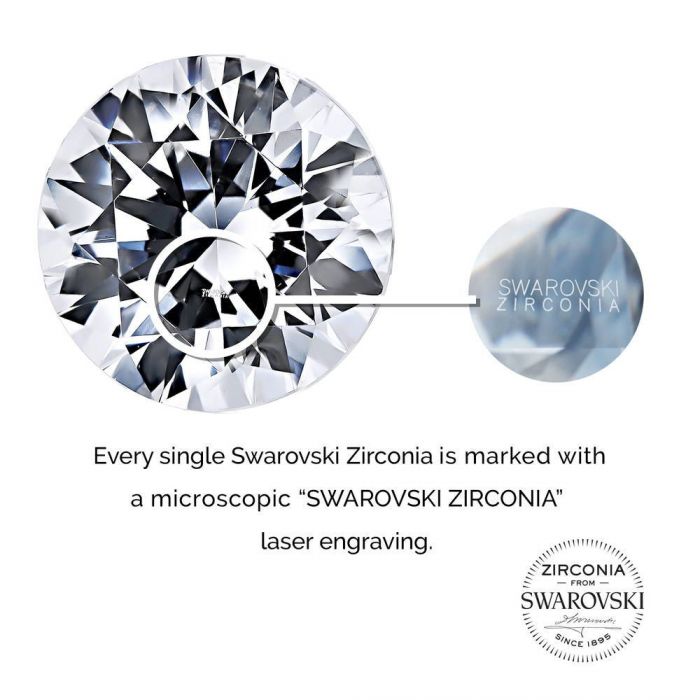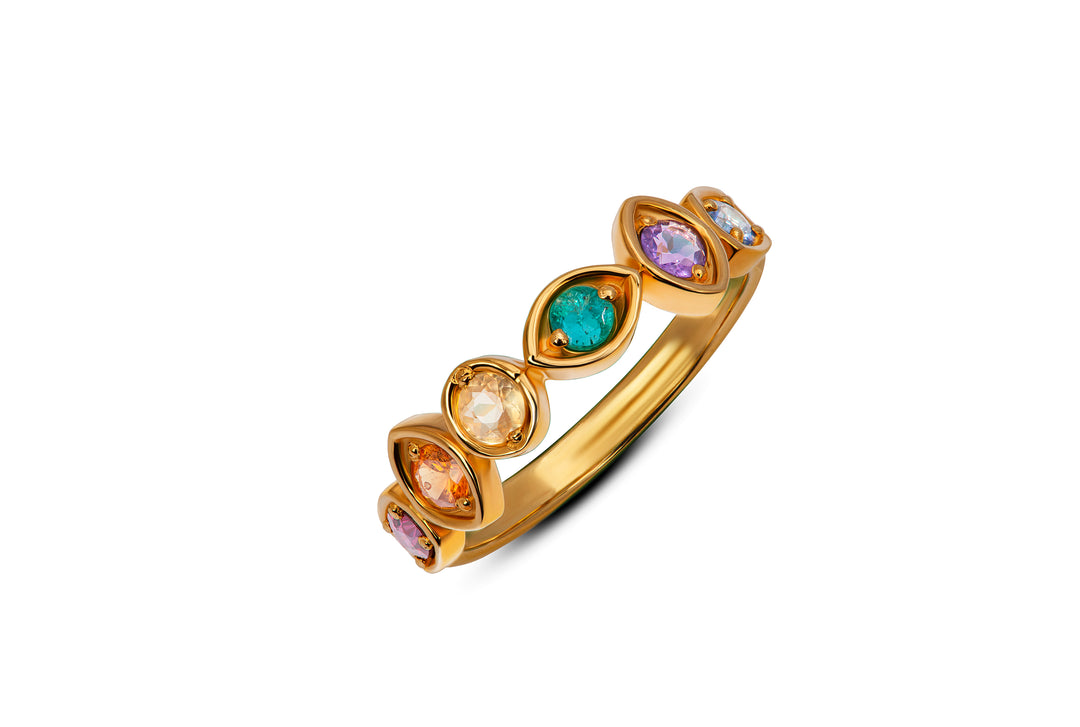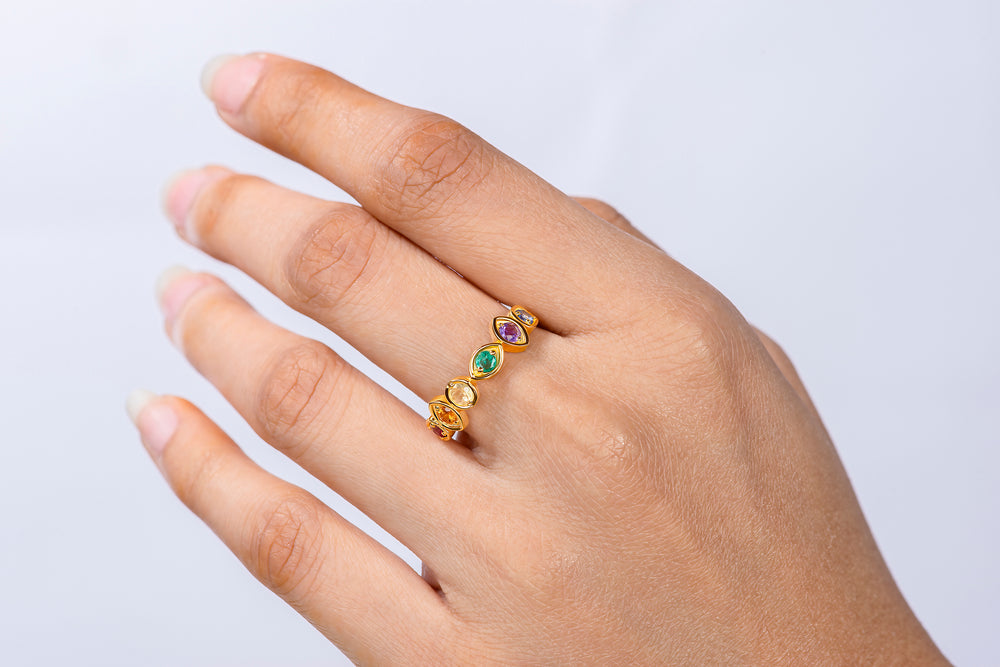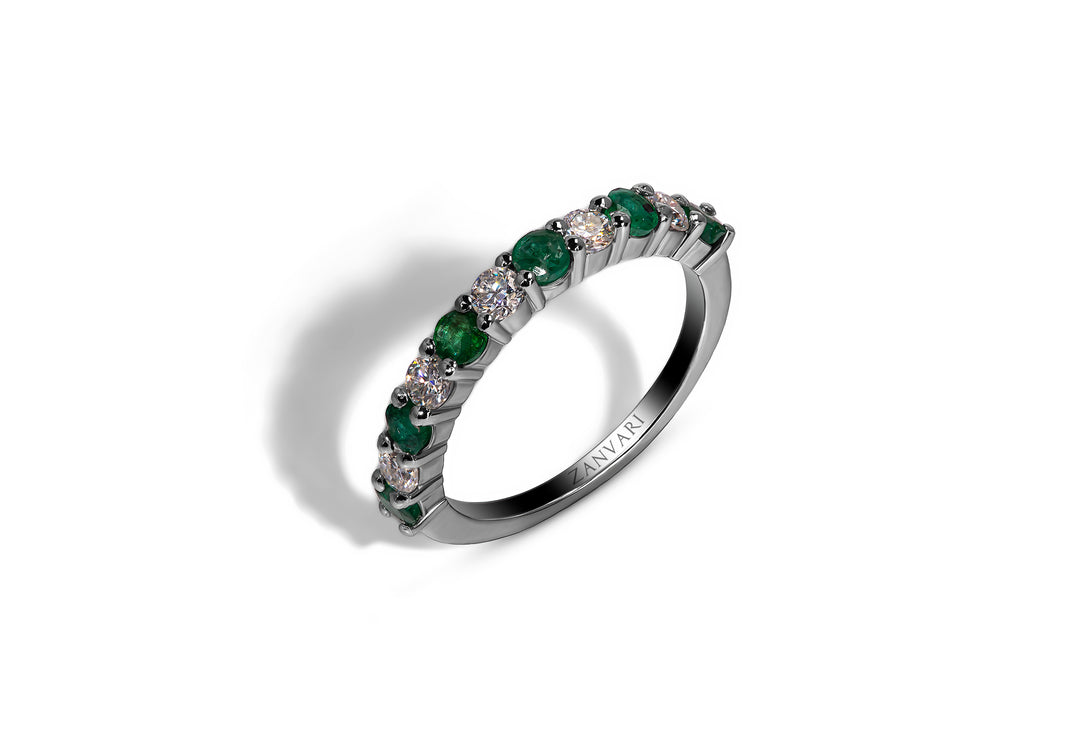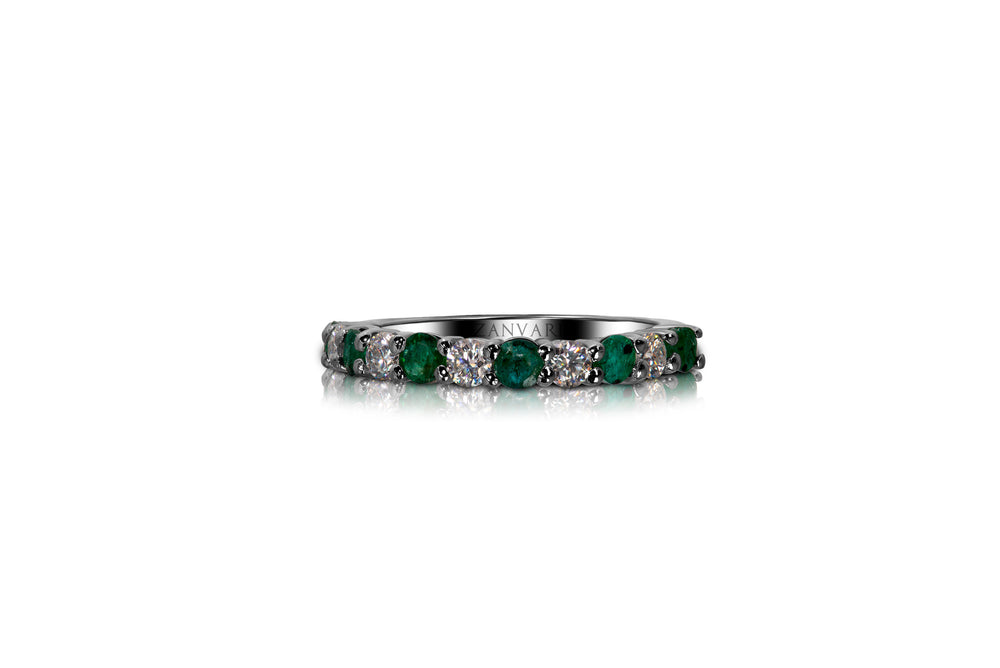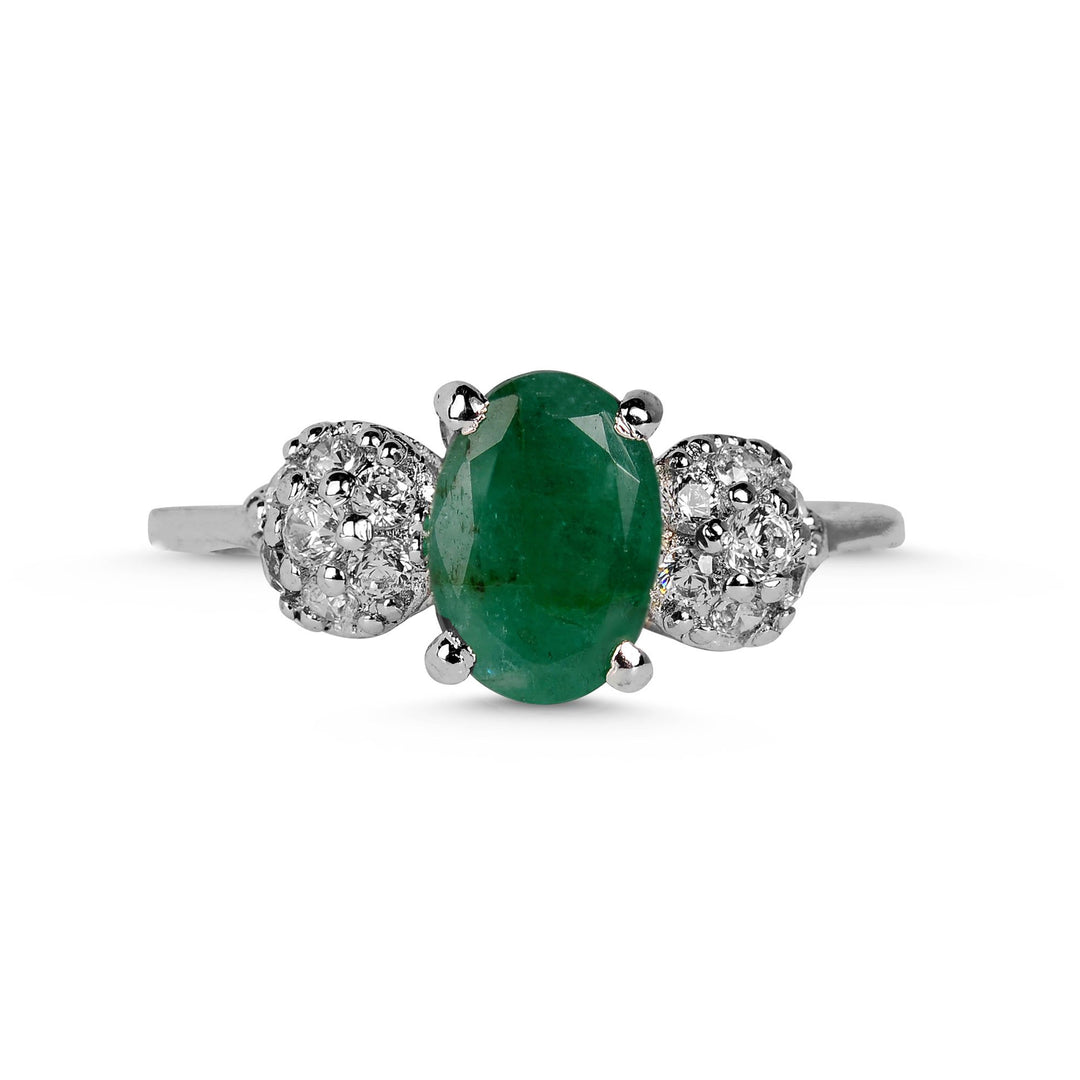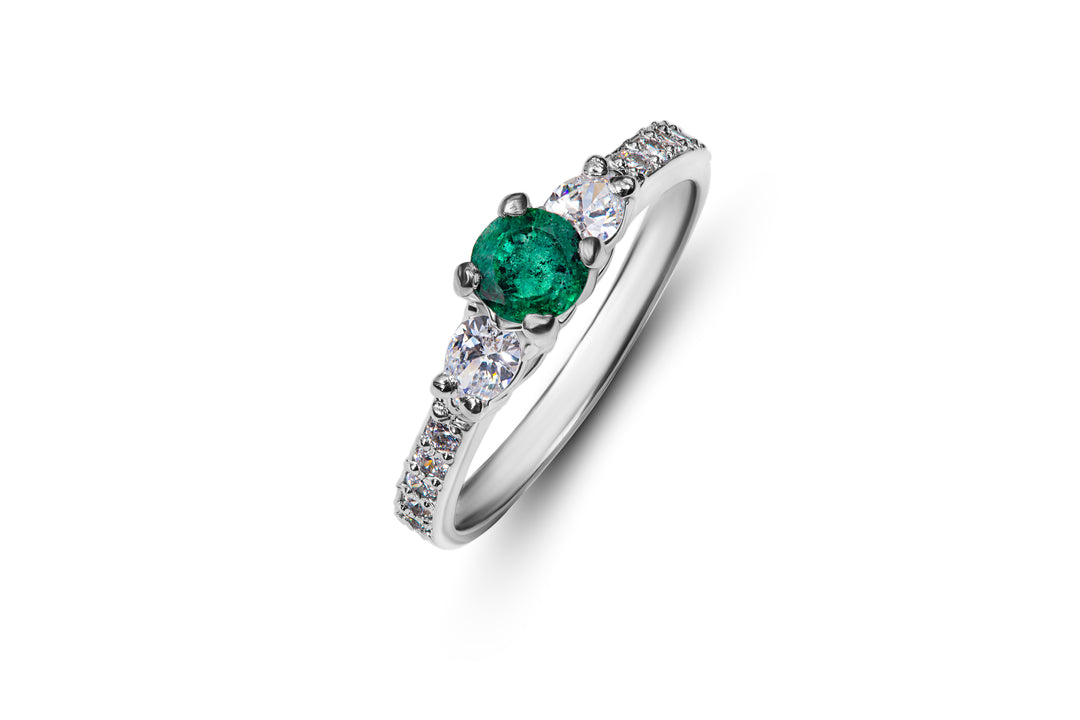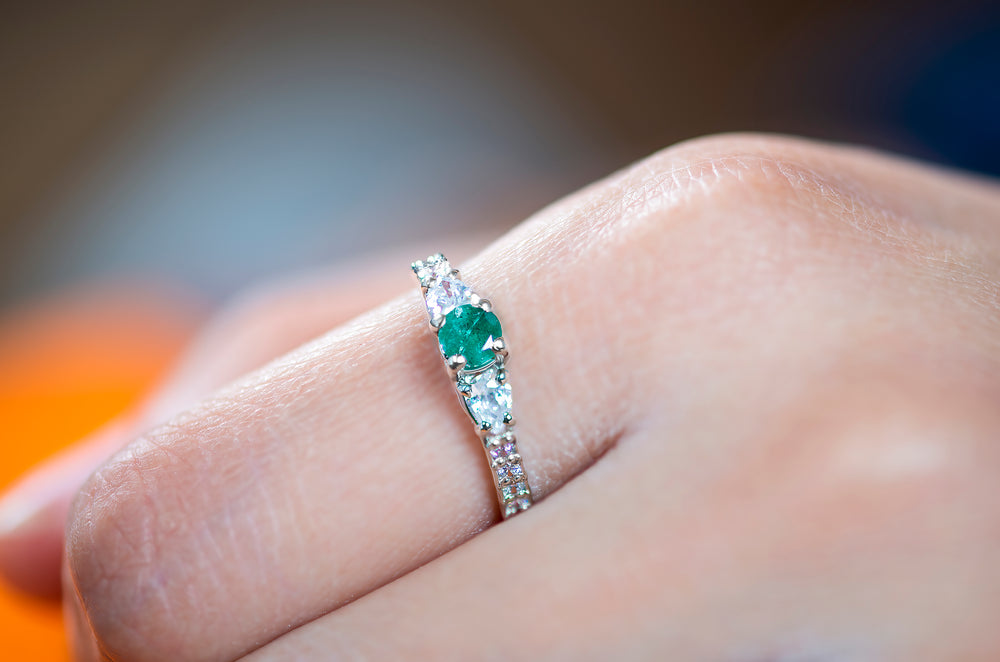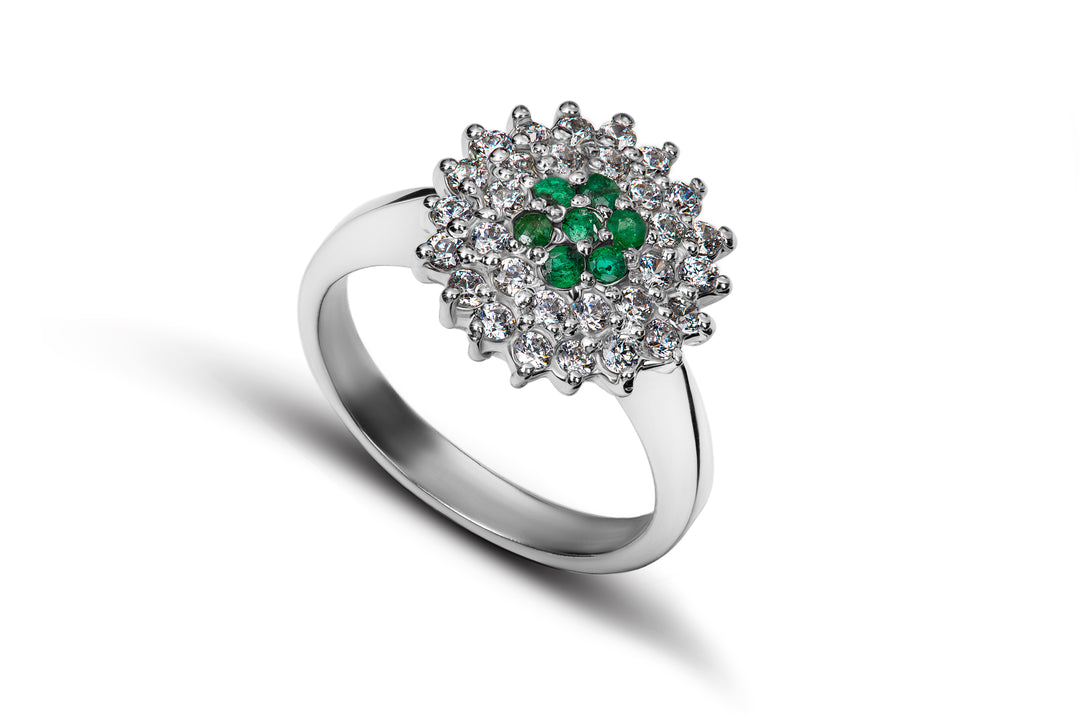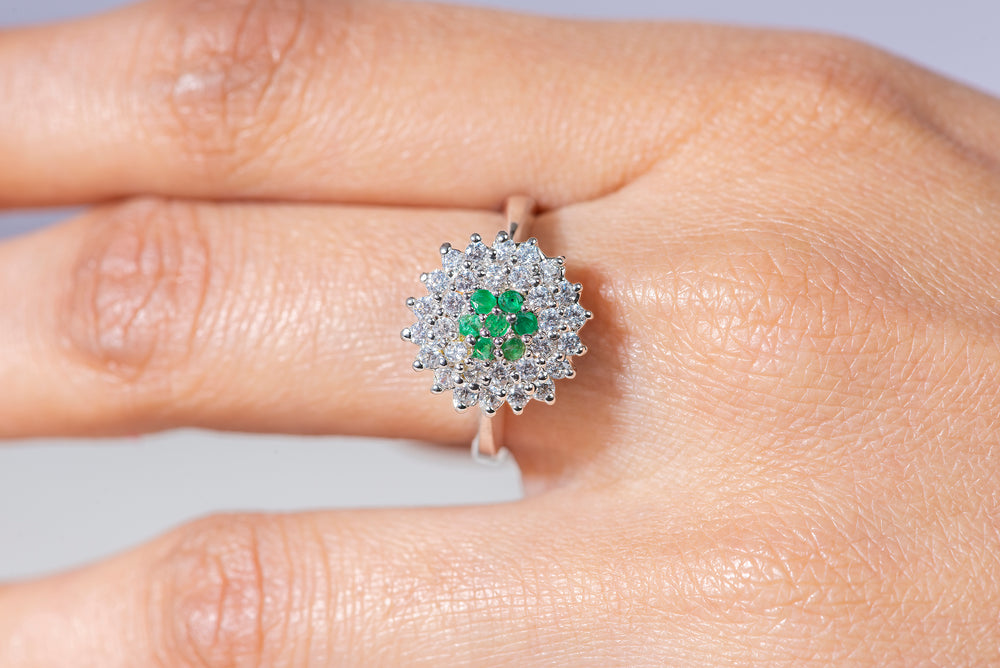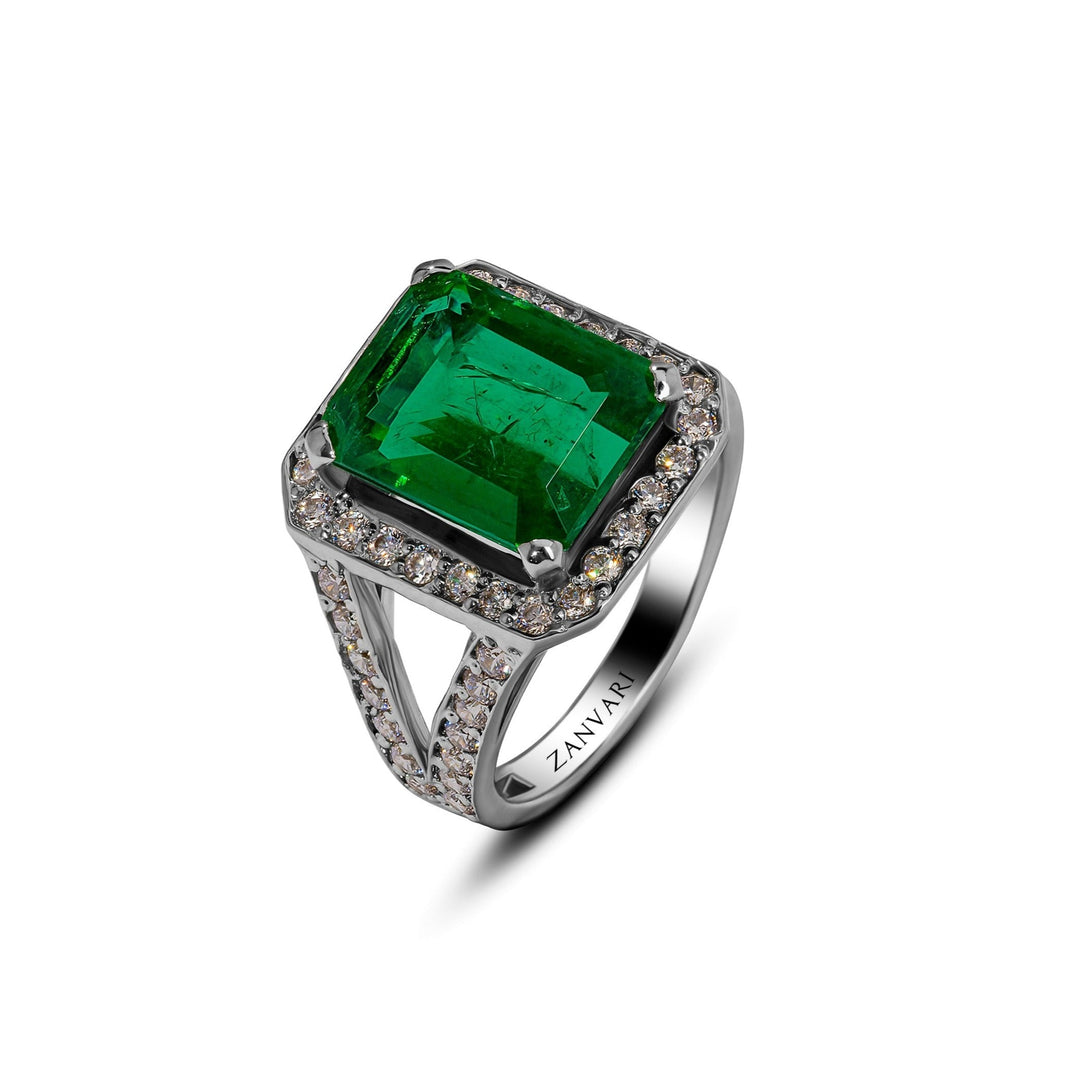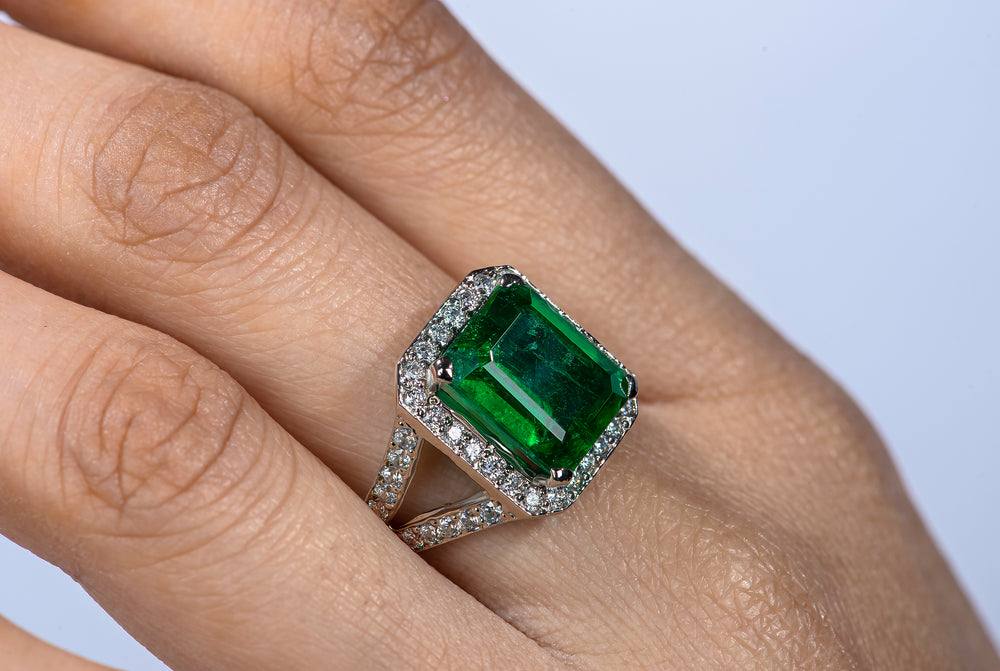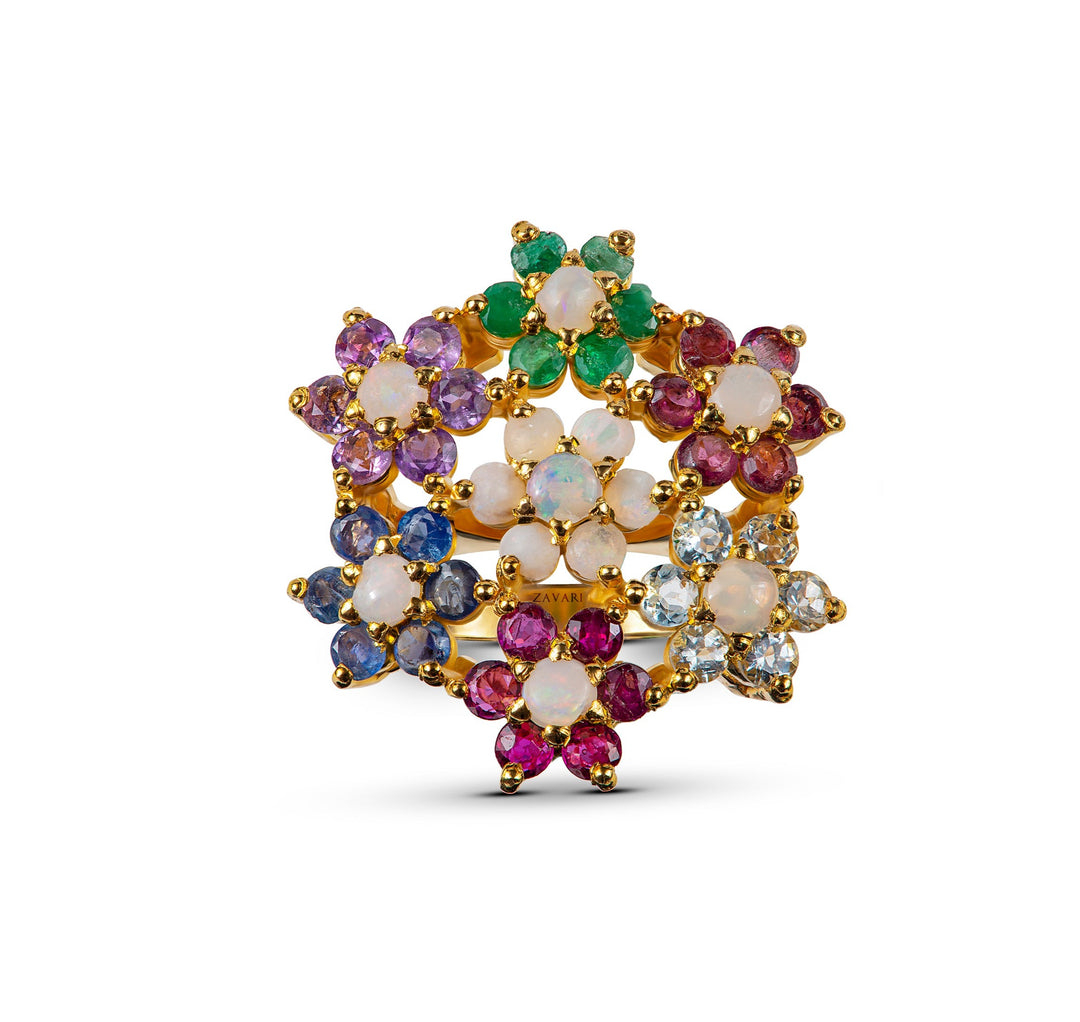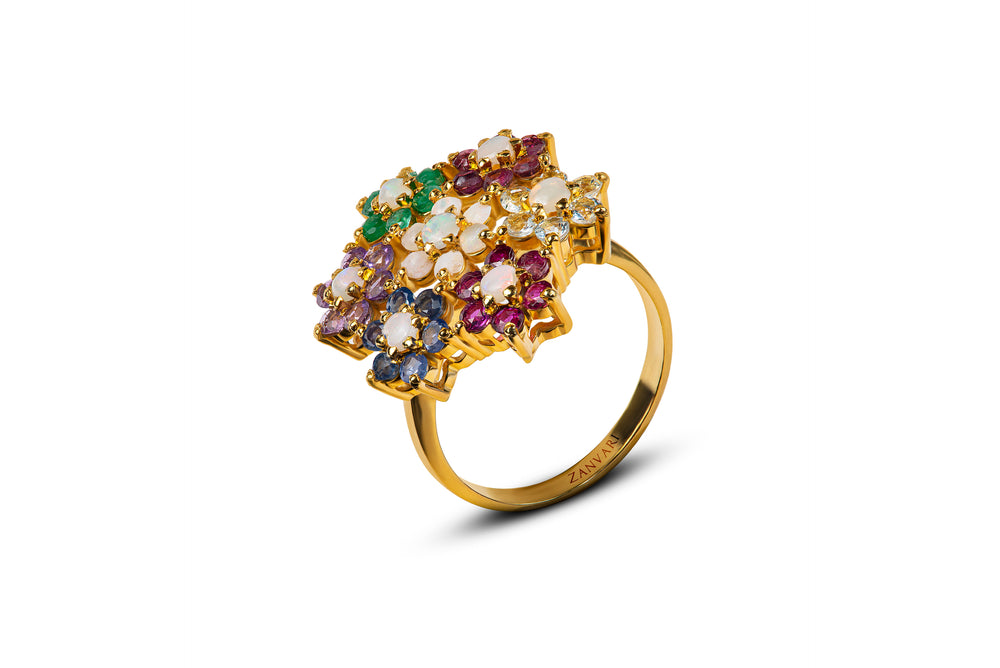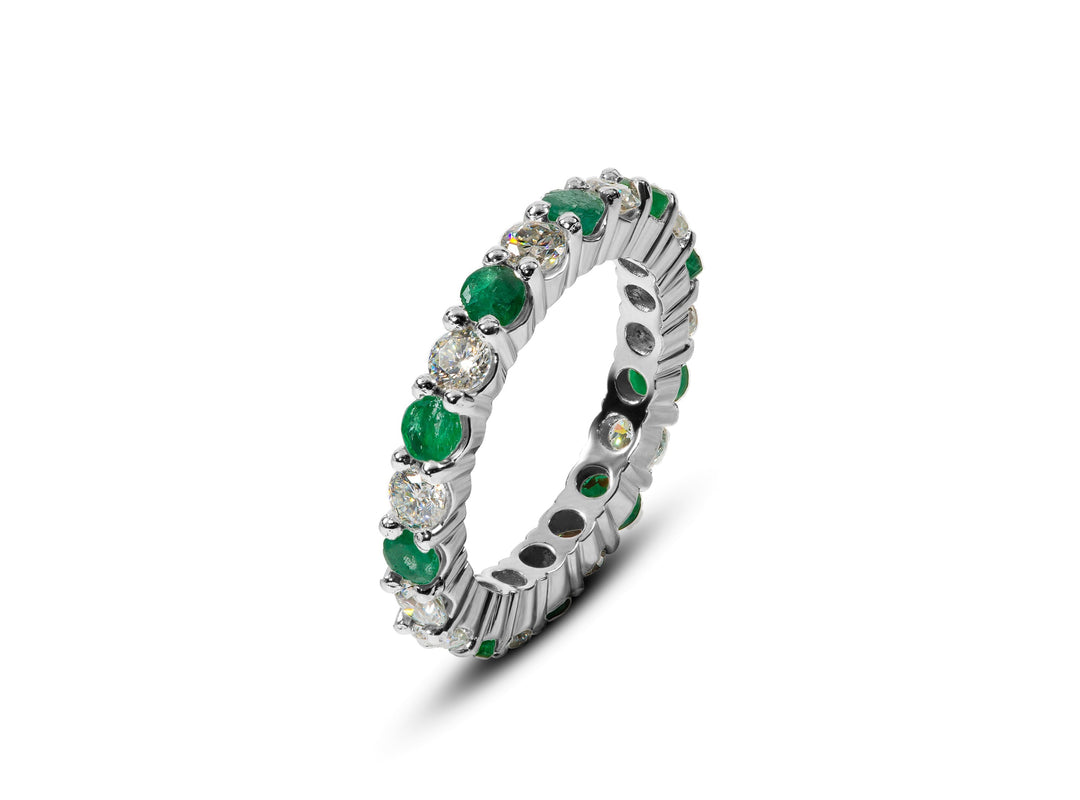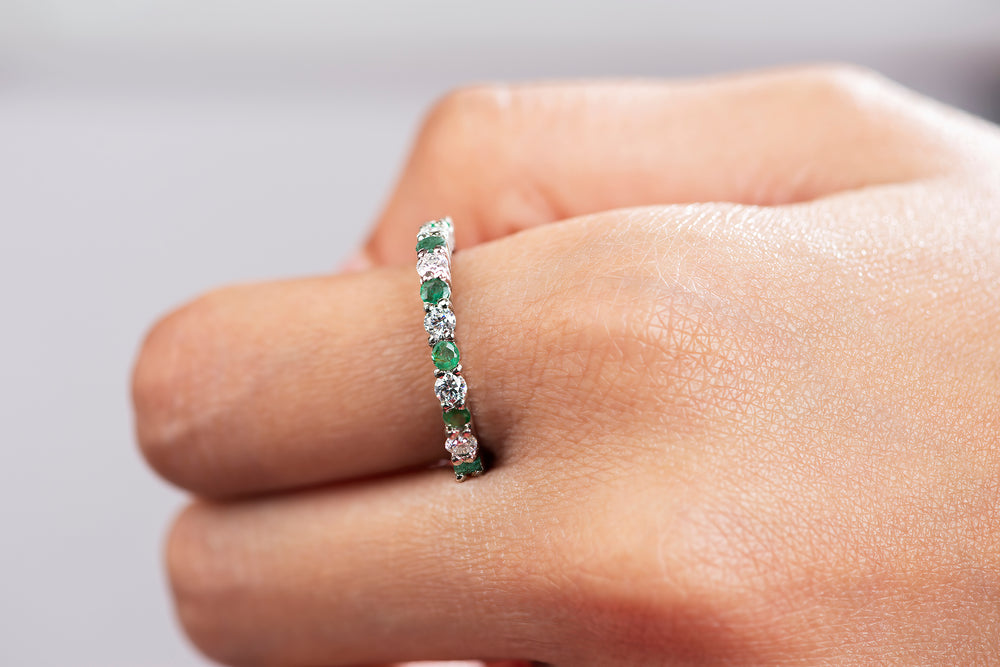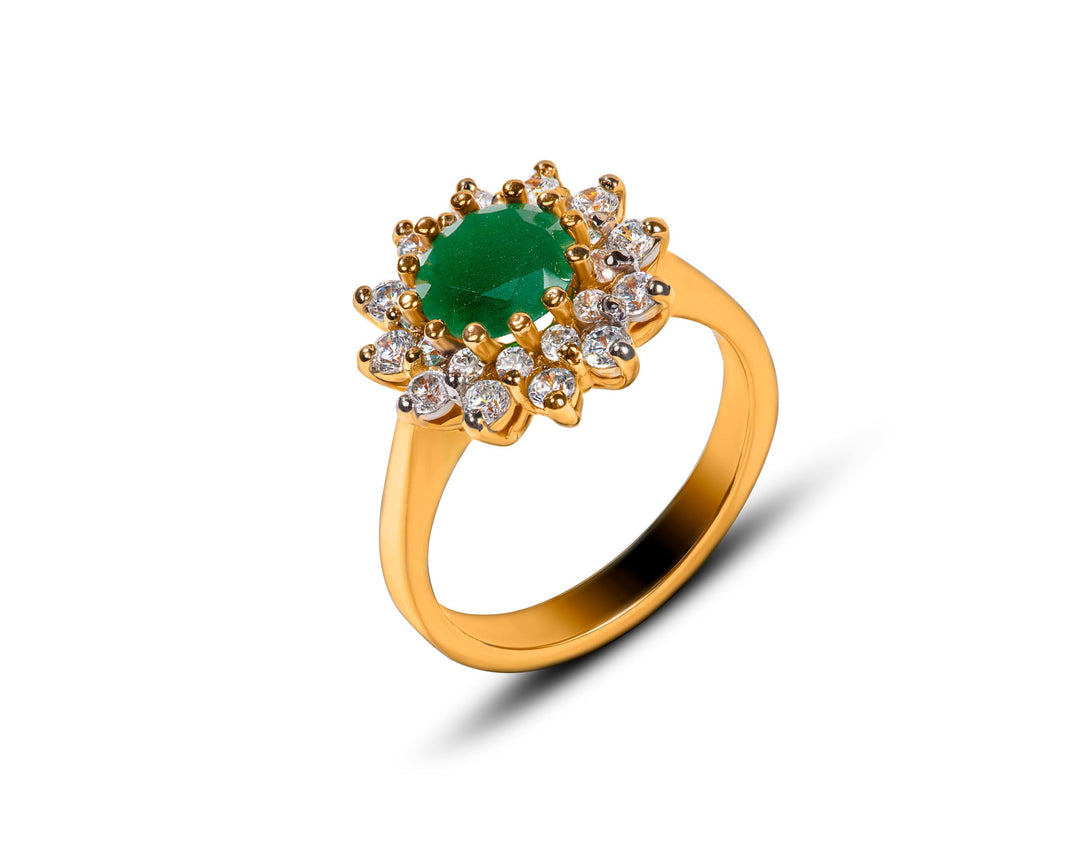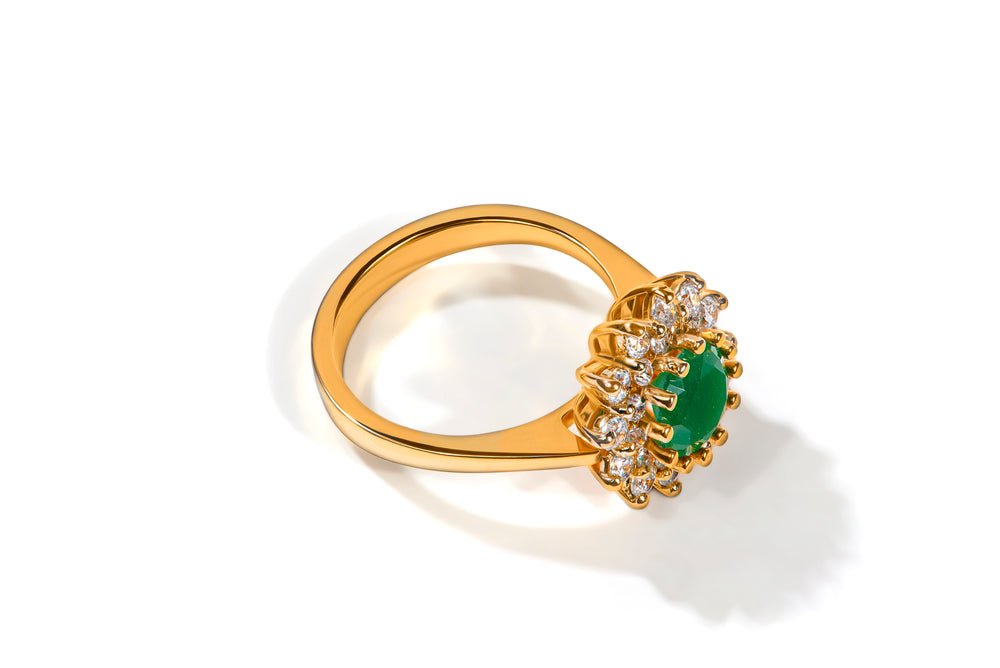Rang-e-Bahar
Capture the Enchantment of Emerald with Zanvari
Immerse yourself in the captivating world of emeralds with Zanvari's handcrafted ring collection. Each piece is meticulously crafted in Pakistan using 100% GGI-certified emeralds, nestled in gleaming 925 sterling silver.
Emerald Elegance at an Accessible Price: Our exquisite rings offer a touch of luxury without breaking the bank, making them the perfect gift for any occasion.
Designed for Every Woman: Find the ideal emerald ring for yourself, your mother, sister, daughter-in-law, or any special woman in your life. We offer a diverse range of styles to complement every taste.
Personalize Your Piece: Unleash your creativity with Zanvari's custom order service. Design a one-of-a-kind emerald ring that reflects your unique style or vision.
Celebrate May Birthdays in Style: Emerald is the birthstone for May. Surprise your loved one with a stunning emerald ring, a timeless symbol of love and prosperity.
Guaranteed Authenticity: At Zanvari, we prioritize quality. You can rest assured that you're receiving genuine gemstones and authentic 925 silver jewelry.
Free Nationwide Delivery: Enjoy the convenience of complimentary delivery across Pakistan.
Embrace the magic of emeralds. Explore Zanvari's collection today!








